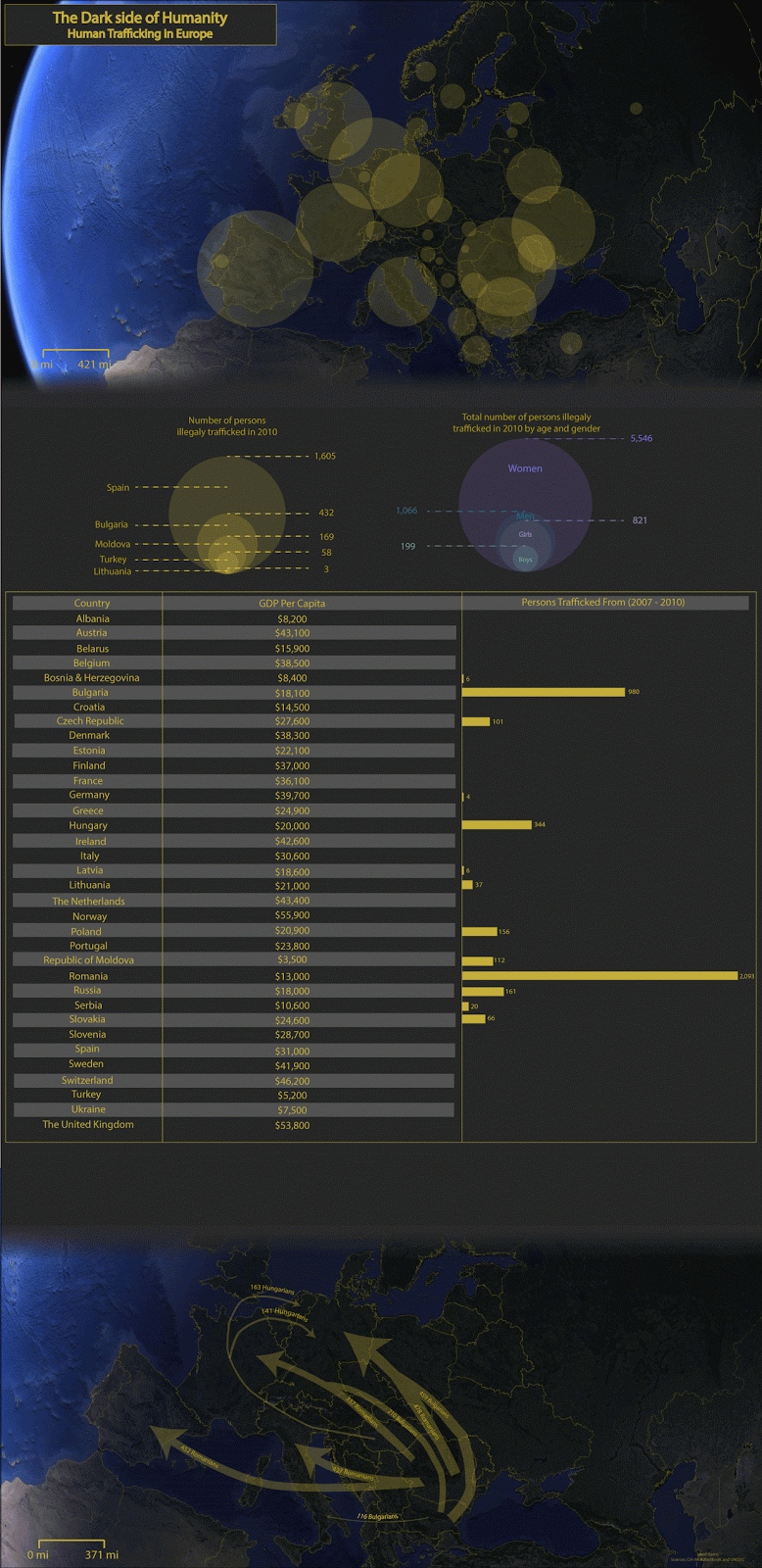Scores for the Weekly blog maps, the Final Project Proposals, and the Final Project are available on Blackboard. There is also a column for the Field trip (everyone received the full 50 points to keep the grading scale listed in the syllabus).
Letter grades have been uploaded to Patriot Web. Please be patient -- it can take some time for the scores to appear. Don't ask me why. I blame the ghost of George Mason...
Once again I want to congratulate you on churning out some fantastically creative and compelling final project maps! I so enjoyed watching your progress and seeing the end result. You should feel proud of what you created!
I will send out information soon about cartography map competitions. They are not much work (you've done the hardest part already).
Good luck with any remaining finals/papers! Have a wonderful semester break!
-Professor Hallden
p.s. Stop by and say hi anytime (I'm great with faces but lousy with names so there is a good chance I will smile, say hi, and then draw a blank trying to recall your name. Please don't take it personally.). I do love hearing what you're up to. :)

















































